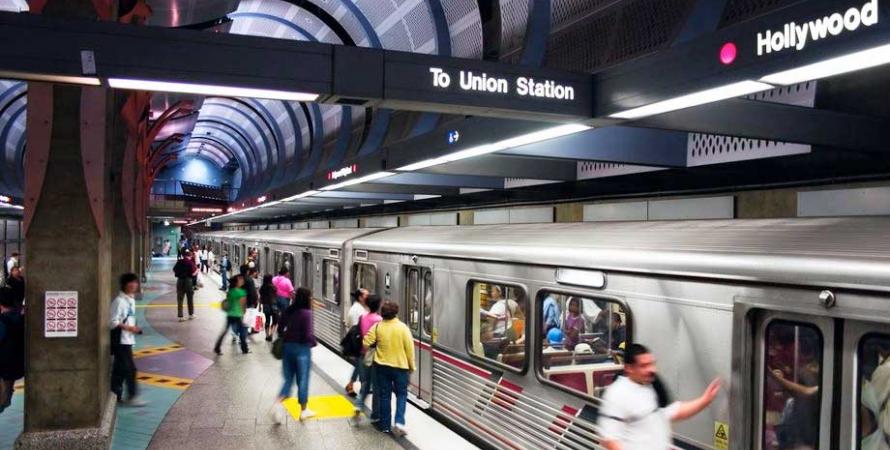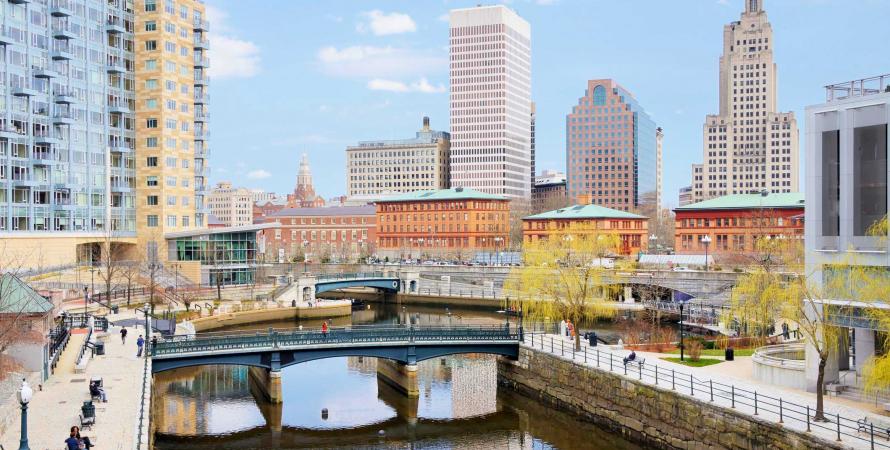-

In urban America, transit consensus is stronger than ever
The urban support for public transit keeps growing, with expansion plans approved this week in metro areas big and small in many parts of the US.We have no idea what a Trump administration will mean for cities. Given the conflicting promises Trump made as a candidate, such as boosting infrastructure spending while eliminating the national debt, he probably doesn’t know either. But one thing is clear: The urban consensus around public...Read more -
Trump's urban policy: Highways and gentrification?
Urbanists face considerable uncertainty and concerns in a Trump presidency, but there may be silver linings.As I went for a run this morning, everything looked normal. The buses were running in my small city, and workers in hard hats swarmed around steel and wood framing of an affordable housing project that is underway four blocks away. Yet this normalcy seemed strange—juxtaposed against the actuality...Read more -

New Urbanism's impact on small-to-midsize cities
In small to mid-sized cities, the impact of New Urbanism can be dramatic.New Urbanism in a big city may get lost in the scale of the metropolis, although new urban street design, infill development, and regulatory practices like form-based codes have an impact. The new urban approach tends to blend in to a New York City or Chicago rather than shout “look at me.” In mid-...Read more -

Five reasons why downtown revival is great
Justin Fox of Montgomery, Alabama, has watched downtown return from the dead in the last quarter century. Montgomery has benefited from a form-based code and new urban planning, and, most of all, the nationwide resurgence in urban living. Fox, a Bloomburg writer, listed five reasons why this...Read more